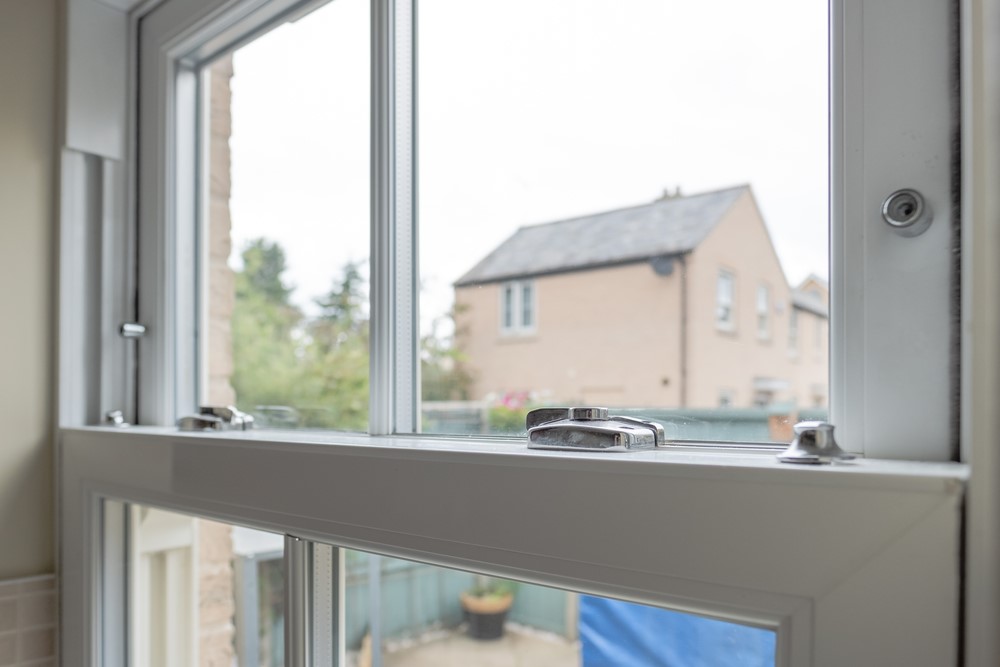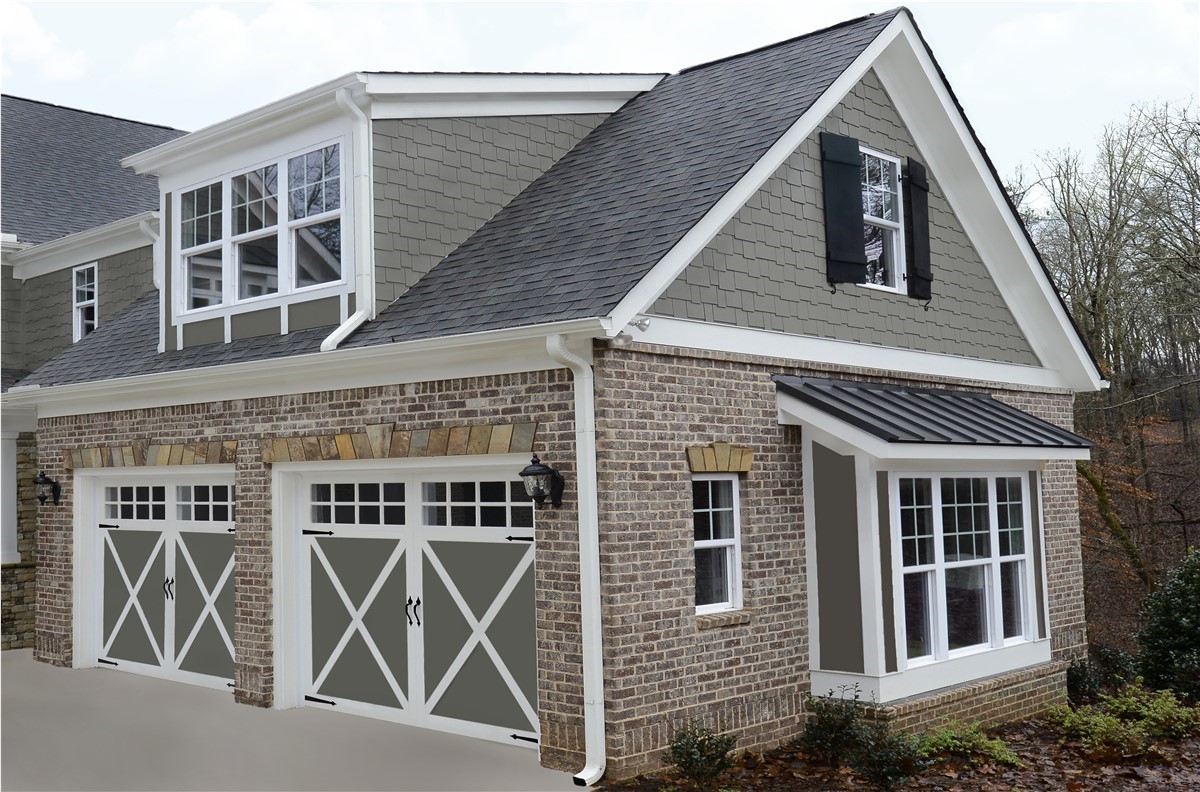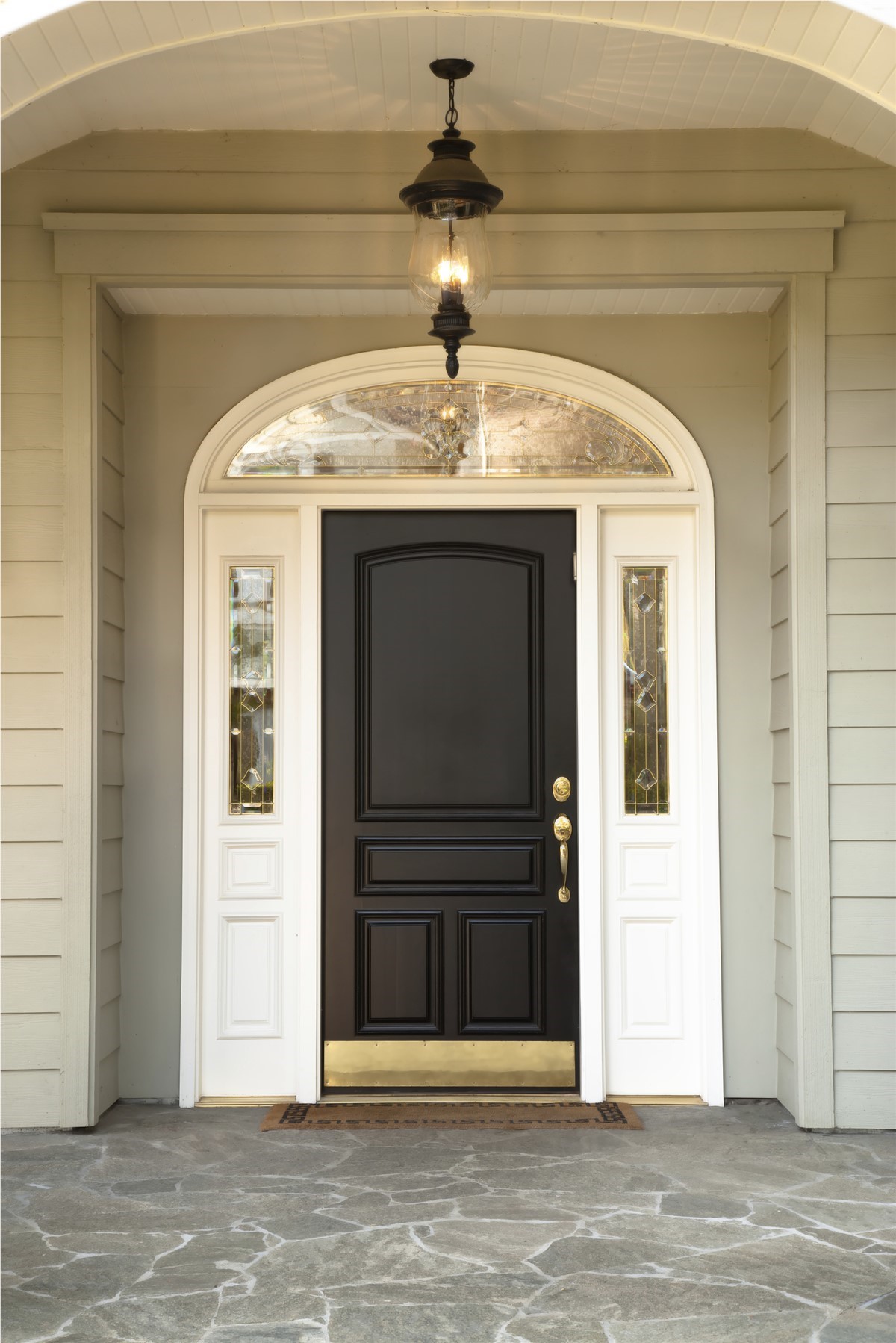 Window replacement is a topic most homeowners dread, but all homeowners need to face.
Window replacement is a topic most homeowners dread, but all homeowners need to face. New windows require a significant investment, but old and drafty windows are a serious money drain and comfort killer. One of the biggest reasons homeowners fear the “window replacement talk” is lack of knowledge. It’s not like buying shoes – windows aren’t an item you purchase regularly throughout your life. It can be difficult to know where to begin, or what to even look for. If you’re thinking about replacing your windows, there are some things you need to know about the process.
Window Replacement is Rarely a DIY Process
Professional contractors can probably install their own windows in their homes, but the average homeowner, no matter how handy he or she may be, should work with a professional. Most people do not have the resources, tools, space and expertise to start (and more importantly to finish) a window replacement.Know The Different Types of Replacement Windows
When you enter a window showroom you will find a variety of windows including:- Double-hung windows – These open from the top or the bottom.
- Casement windows – open with a crank, and can be handy for deep bay windows or hard-to reach windows like those over the kitchen sink.
- Double pane windows – Two pieces of glass that often have an insulating gas like argon or krypton between the panes.
- Tilt-out windows – Allow you to drop the window in towards you for easy cleaning of the exterior pane.
Know Your Materials
Window frames come in aluminum, fiberglass, vinyl, wood, and fibrex. There are pros and cons to each type of material, and each material can impact the price of the product. Work closely with an expert to choose the material that best suits your home, your climate and your budget. Keep in mind, however, that historic homes may require wood frames. If you live in an historic area, always be sure to check the regulations before purchasing windows.Know How to Read Your Labels
Windows have lots of labels with lots of acronyms. You may see labels indicating the solar heat gain coefficient (SHGC) of the window. A window with a low SHGC will help to block heat in warm weather; a window a window with a high SHGC will be more effective at harnessing solar heat in cold weather.You’ll also likely see a label for the U-Factor of the window, indicating the window’s ability to resist heat transfer and cold transfer. The lower the U-Factor, the better. Research your acronyms before you shop for replacement windows so you are better able to gauge performance and efficiency.
New Construction vs. Retrofit
Window replacement is typically done as either, “new construction” or as a, “retrofit.” New construction involves cutting around the existing window opening to remove the window and flashing. With new construction, the replacement windows will be the same size as the old windows but the process is often more costly than retro-fitting.Retrofit windows are designed to fit inside the existing window frame which means installation can be completed without cutting into walls. Retrofits are less expensive and less labor intensive than new construction, but seasonal expansion can cause the window frame to distort and weather sealing to fail; and poor support in the retrofit frame can cause sagging.
There are advantages and drawbacks to both processes. Always work closely with a professional to determine the right replacement process for your home and your budget.
Brand Names Aren’t Always Everything
Window dealers may sell a variety of window brands. Some homeowners gravitate towards names they have seen in national television advertisements. Rather than choosing a window on name, choose a window on its performance and value. Always ask to see the specs so that you can compare brands and make the best choice for your home and your budget.Read and Understand the Warranties
You may be inundated with warranty talk throughout your window replacement journey. It will be important to find the answers to questions like:- May I see the product warranty before I make a purchase?
- Is the warranty transferrable to the next homeowner if I sell my home?
- Does the contractor have a labor warranty?
Subscribe to Legacy Remodeling's Blog











Comments